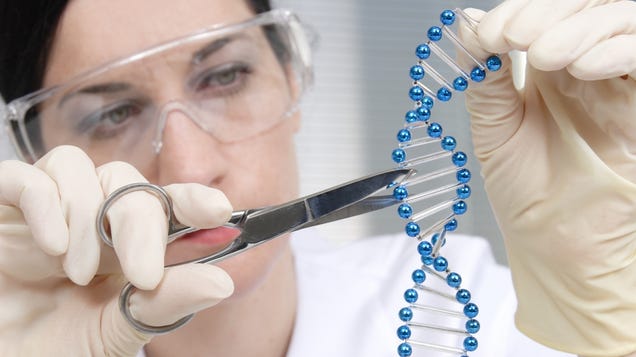On May 12 I visited the "Movement" gallery put on by the UCLA Art Science Undergraduate Society (this actually occurred before what is listed as my second event). The showcase focuses on movement and how it can be interpreted on various levels such as in the arts, humanities, and sciences.
The author at the event
The piece that caught my attention the most is Crossroads: A Web of Paths by Mickey Shi. Crossroads traces the daily paths of North and South Campus students and faculty across campus. Colors represent different parts of campus; red represents North Campus while Green represents South Campus.
Crossroads: A Web of Paths by Mickey Shi
From the paths we can see a lot of movement going between both parts of the campus. Contrary to what some might think, people from both sides of campus rarely keep to themselves. In fact, there appears a hot spot for movement appears to be the region located between the two parts of campus.
The intent of Crossroads is to bridge the gap between the division seen between North and South Campus. This brings us full circle to the first concept we learned: the idea of two cultures. As shown by Crossroads, there isn't a distinctive division between the two cultures. In this case portrayed by North and South Campus. In fact, it more resembles a medium between the two - representing the existence of the sought-after third culture.



















